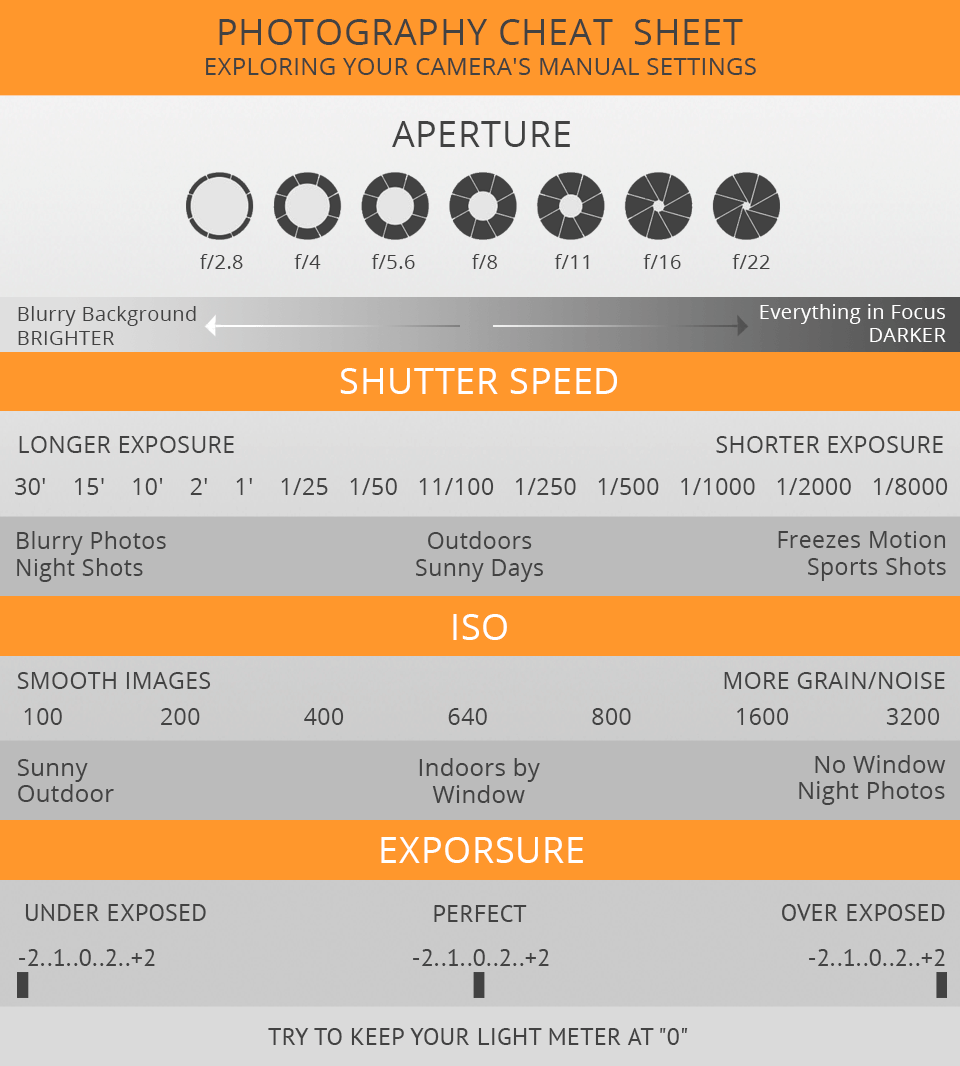Digital Photography Tips For Beginners: Mastering Your Video Camera Quickly
Digital Photography Tips For Beginners: Mastering Your Video Camera Quickly
Blog Article
Team Author-Ballard Kaas
When you first get your electronic camera, it can feel overwhelming with all the settings and options readily available. You could find yourself questioning how to browse aperture, shutter rate, and ISO successfully. Grasping these basics is vital, yet there's even more to photography than just technical knowledge. Recognizing structure strategies and lights problems can boost your photos drastically. So, what if you could discover basic approaches to boost your skills and start recording remarkable images sooner than you believe? Let's discover how to change your photography journey.
Comprehending Video Camera Setups
Recognizing your electronic camera settings is important for catching spectacular pictures. When you grab your video camera, acquaint yourself with the three primary settings: aperture, shutter rate, and ISO. Each plays an essential function in exactly how your pictures turn out.
Beginning with aperture, which regulates the amount of light going into the lens. A bigger aperture (lower f-number) lets in much more light and creates a gorgeous background blur, excellent for pictures. On the other hand, a narrower aperture (higher f-number) maintains even more of the scene in focus, perfect for landscapes.
Next, concentrate on shutter rate. This setup establishes for how long your video camera's sensing unit is revealed to light. A quick shutter speed freezes motion, which is great for activity shots, while a slow shutter speed can produce magnificent impacts like smooth water in landscapes.
Last but not least, change your ISO. https://www.digitalcameraworld.com/tutorials/8-tips-for-using-tiktok-to-promote-your-photography affects your camera's sensitivity to light. A higher ISO serves in low-light scenarios yet can present noise or grain. Aim for the most affordable ISO feasible while still attaining proper direct exposure.
Make-up Methods
When you're out shooting, structure can make all the distinction in how your images reverberate with customers. Start by using the policy of thirds; envision your frame split right into nine equal sections with two horizontal and two vertical lines. Placement crucial elements along these lines or at their crossways to create equilibrium and rate of interest.
Next, think about leading lines. These natural lines in your scene, like roadways or rivers, attract the audience's eye into the picture, assisting them through the tale you're informing.
Don't forget about mounting; use elements within your scene, like trees or home windows, to develop a framework around your subject, adding depth and focus.
Likewise, watch on your history. A chaotic history can sidetrack from your primary topic, while a straightforward one assists it attract attention.
Finally, explore symmetry and patterns; they can create a striking image that captures focus.
Mastering Illumination Issues
Understanding lights problems is essential for recording stunning pictures, as the best light can transform an average scene into something amazing.
Beginning by observing natural light at various times of the day. Mornings and late afternoons offer the best light, known as the gold hour. The soft, warm tones throughout these times can enhance your photos perfectly.
Do not shy away from overcast days either; diffused light can decrease severe darkness and develop a pleasing result, specifically for portraits.
Trying out backlighting by placing your subject against the source of light. This strategy can create a wonderful halo result and add depth to your images.
Take note of your cam setups as well. Adjust http://karrie6donnell.booklikes.com/post/6570263/digital-photographers-frequently-ignore-essential-basics-that-can-hinder-their-growth-find-necessary-tips-to-boost-your-abilities-and-stay-clear-of-usual-challenges , aperture, and shutter rate to match the lights conditions. A higher ISO can assist in reduced light, however beware of grain.
Utilize a tripod in darker environments to stay clear of blur.
Last but not least, do not neglect synthetic lights. Flash and continual lights can be wonderful devices for controlling light in challenging conditions.
Conclusion
In conclusion, understanding your video camera doesn't have to be overwhelming. By comprehending your setups, applying composition techniques, and using the power of all-natural light, you'll promptly boost your digital photography skills. Bear in mind, practice makes excellent, so get out there and try out your newly found understanding. With time and commitment, you'll be recording magnificent images that reflect your unique perspective. Appreciate the journey, and do not forget to have a good time while you go to it!
